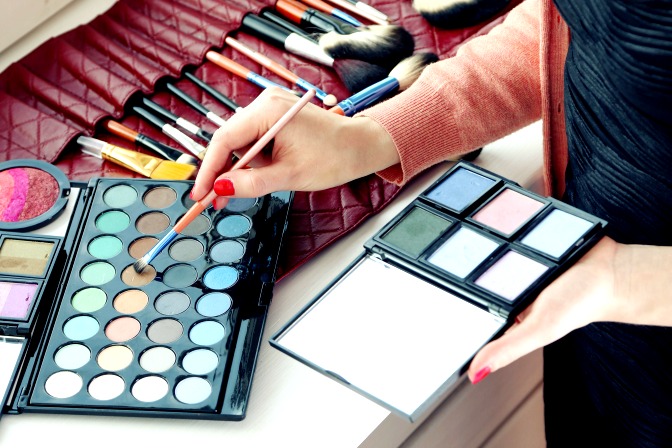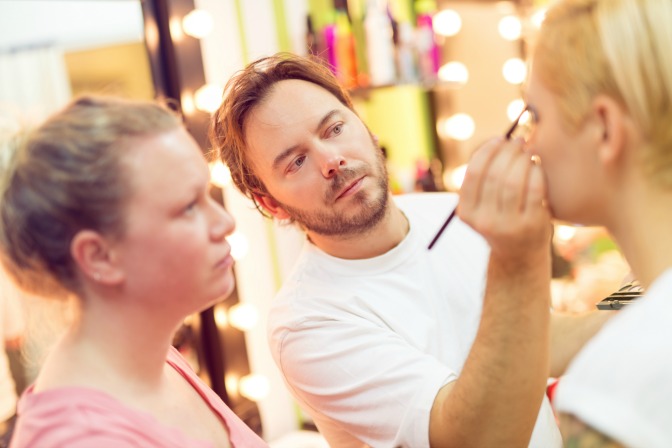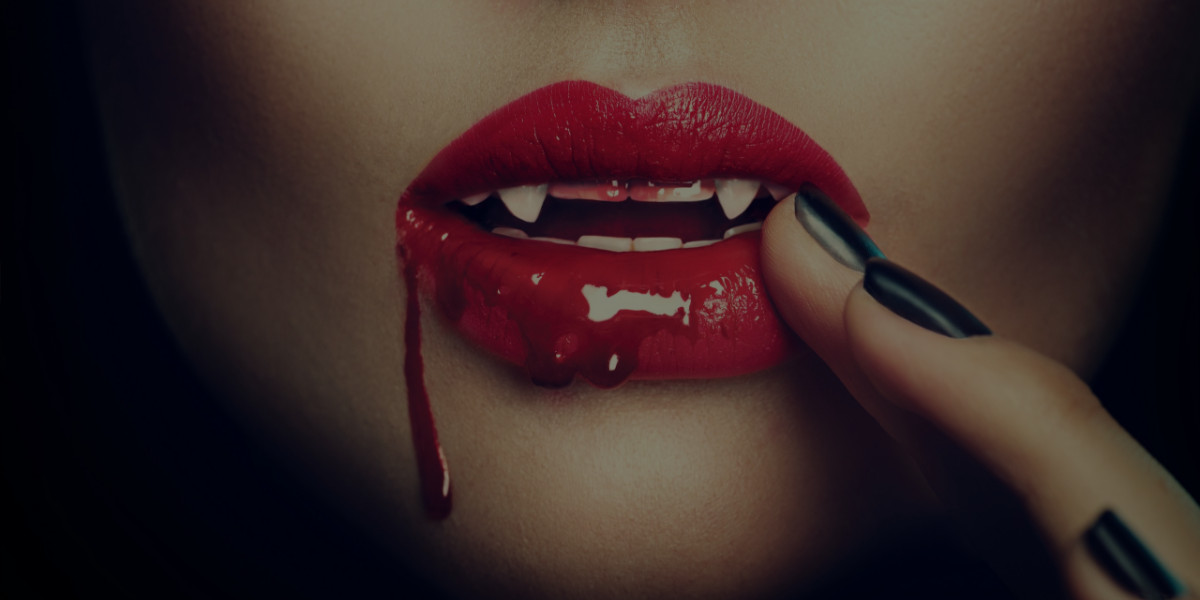QC Makeup Academy student, Lucy Benedetti, started her journey into special effects makeup with the SFX course. Based in Australia, Lucy is teaching herself to create her own prosthetics for her special effects designs and networks with film students to gain hands-on experience.
This week, Lucy tells us how she makes her very own prosthetics for her film production company, ZHQ Productions!



My Special FX Journey
QC Makeup Academy uses the phrase “your passion” in their instructional videos – particularly in SFX. The Academy is like a lens to focus your interest in makeup. This can branch out to masks, costuming and set design. All these things stem from the same source: the imagination. Here’s what I’ve learned beyond my Special FX makeup course about making my own prosthetics!
Why did you start making your own prosthetics?
I started to make my own prosthetics to save time and have a constant supply of prosthetics on hand without having to wait 2-4 weeks for delivery from other countries. Most of the items I use in my SFX are ordered online via websites, costume shops and eBay. Also, the postage costs of sending to Australia are sometimes the same as the item or more. It is artistically beneficial and more fun as an SFX student and a business owner to make my own prosthetics.1. To learn about anatomy for realism in SFX materials and applications
Studying images of real wounds helps you understand how the human body is constructed for realistic prosthetics. Anatomy studies will benefit designs for zombies and mummies, like facial features that are missing or falling apart. Bone structure study can help with aliens and vampires which are mostly elongated and exaggerations of the human face. For creatures, such as werewolves or any other humanoid animal combo, you will need to expand your study of animals. Making a wound from scratch (pun intended) helps you learn how to make them more realistic when painting them. As you practice sculpting the wounds not only will your sculpting skills improve but your knowledge of first aid will take on a new skill level. It’s amazing how the body works and this helps your on-set skills. Learn how wounds form and heal over time, and the shape and detail of a wound or scar. You have seen movies and pictures that question what you are really seeing, drawing you in so that you physically react, whether it is making you jump in your seat, make you scream, turn your face away, tummy churn, or run from the room or theatre. Knowing your work has this reaction from your audience is worth all the time and effort you put into the shaping the clay, and ‘lightbulb’ moments of inspiration. It’s rewarding making something and having others react to your work in the way you intended.
2. It is handy having unlimited copies of the one prosthetic design
Another benefit is that if I make a good design, I can make moulds and casts of it so there is stock available when needed. Plus, the design is original so I can sell them since I have the copyright to it. This gives me some extra income!3. Customized for comfort
Making your own pieces comes in handy if you want to make an actor or model into a unique character by using pieces of prosthetics, half or full masks. Masks can be molded and cast for multiples, so they can be sold too. You can work on a life cast of the client, a dummy head or sculpt the whole thing in clay. If the actor has a slightly longer face, larger head, or ‘unusual’ nose, the life cast is the best option and the clay can be used right onto it to sculpt a piece that fits that area perfectly. You will want your model or actor to be as comfortable as possible in the makeup and not affect their own work. When makeup goes on these clients, they will look at themselves and their costumes and the character will come to life – they will be that character for the entire shoot.4. The same design for long film shoots
Continuity for film is vital, broken continuity can be obvious to your audience and you can lose work. Masks are ideal for filmmaking as they are reusable for longer projects. Some movies will have a unique character look in the film (and sometimes the franchise if it succeeds), for example Freddy Krueger (A Nightmare on Elm Street series), The Grinch (The Grinch who stole Christmas), The Grand High Witch (The Witches), and The Joker (Batman and Gotham). Those looks are actor/model specific and need life casts to be sculpted upon because they will be wearing them all day, for full film shoots and over a few years if sequels are planned.
